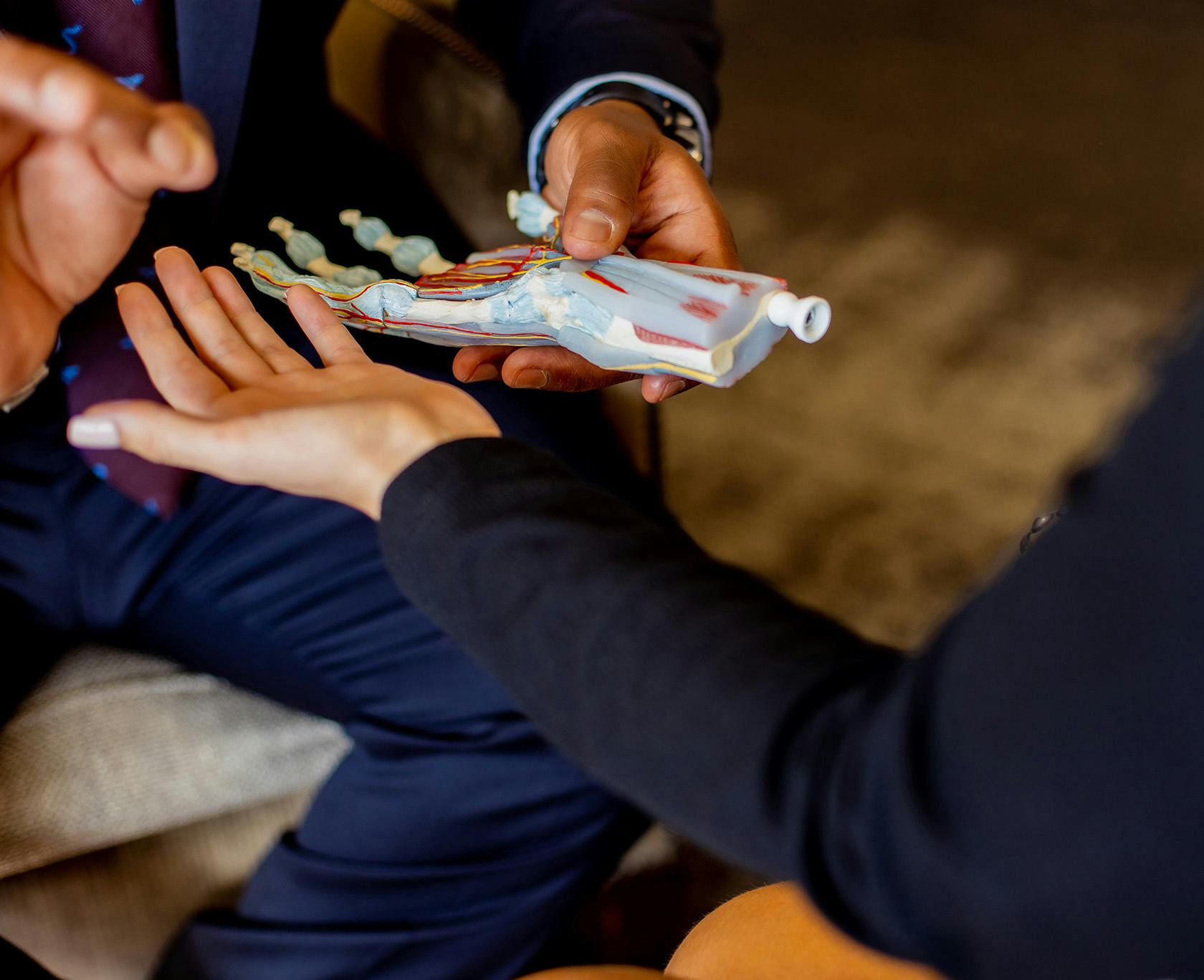Nerve injuries can result in diminished sensation or weakness as well as numbness and pain. Correcting these concerns is among our primary objectives at The LaVie Institute, where all four of our experienced providers are board-certified hand surgeons.
Why Choose The LaVie Institute of Plastic Surgery?
Each of our four skilled providers is board-certified not only in plastic surgery but in hand surgery as well, with additional elite Fellowship training. This translates to a superior collective knowledge base with an impressive breadth of expertise that informs every treatment, providing access to cutting-edge solutions customized to meet your needs.
We have extensive experience in microsurgery and work closely with certified hand therapists to maximize outcomes. We offer minimal access treatments to reduce recovery times, and we are experts in wide awake hand surgery, which improves outcomes and obviates the need for general anesthesia. Restoring patients’ function and seeing the joy they experience in returning to their beloved activities without pain is what drives us day-to-day.












